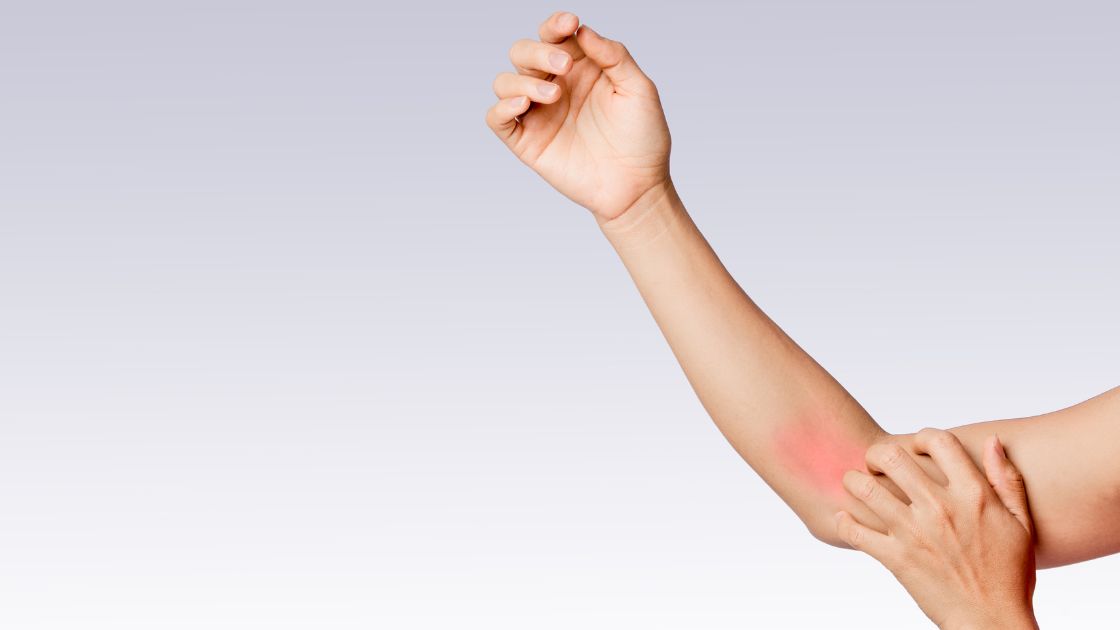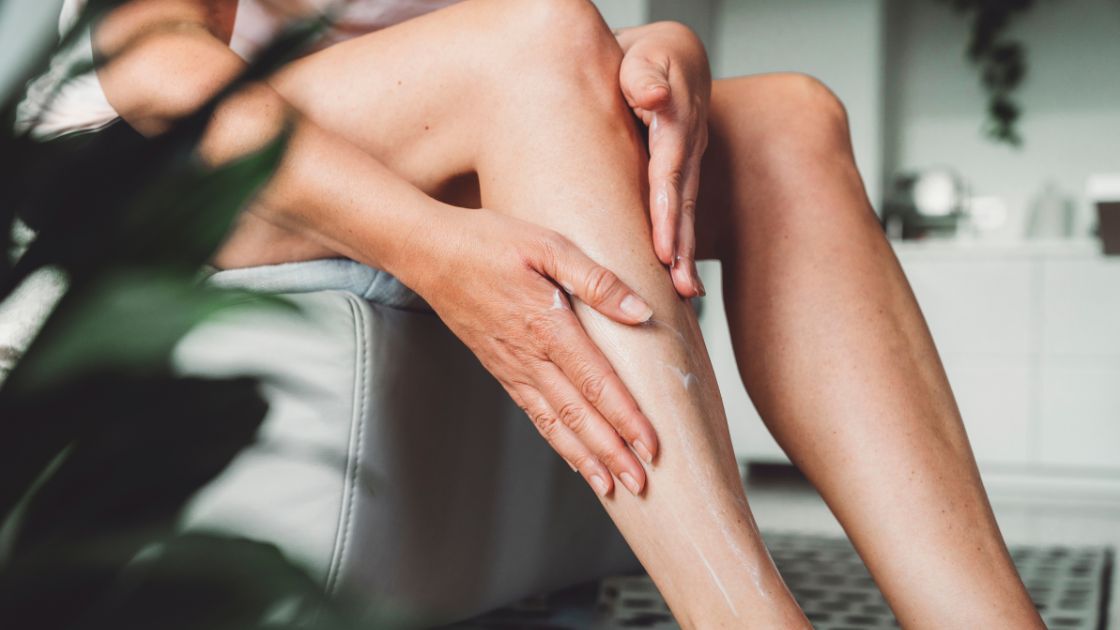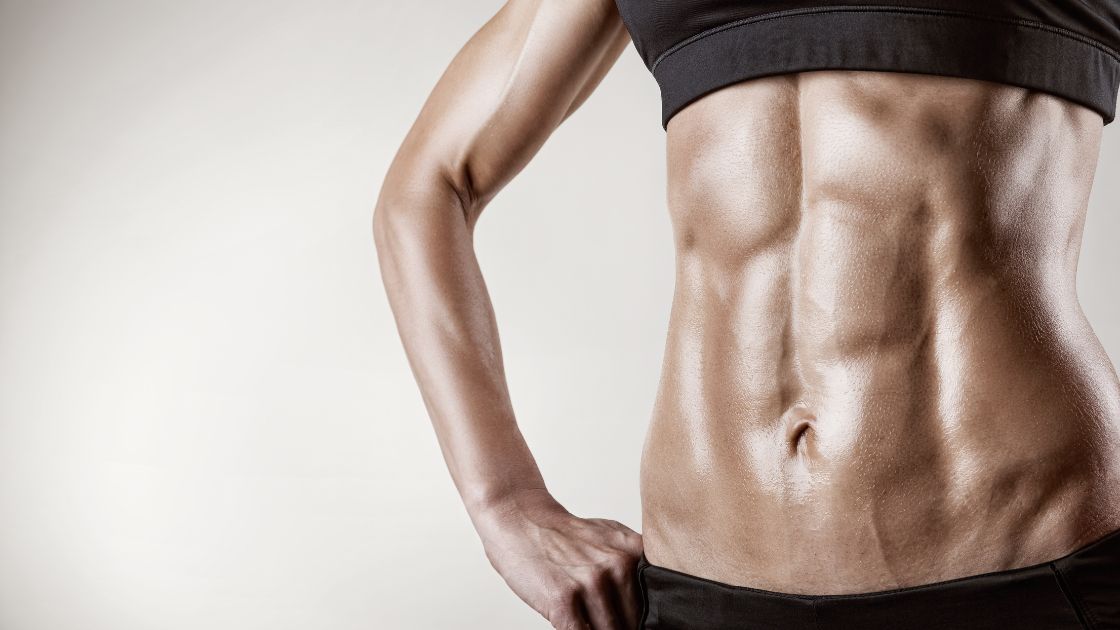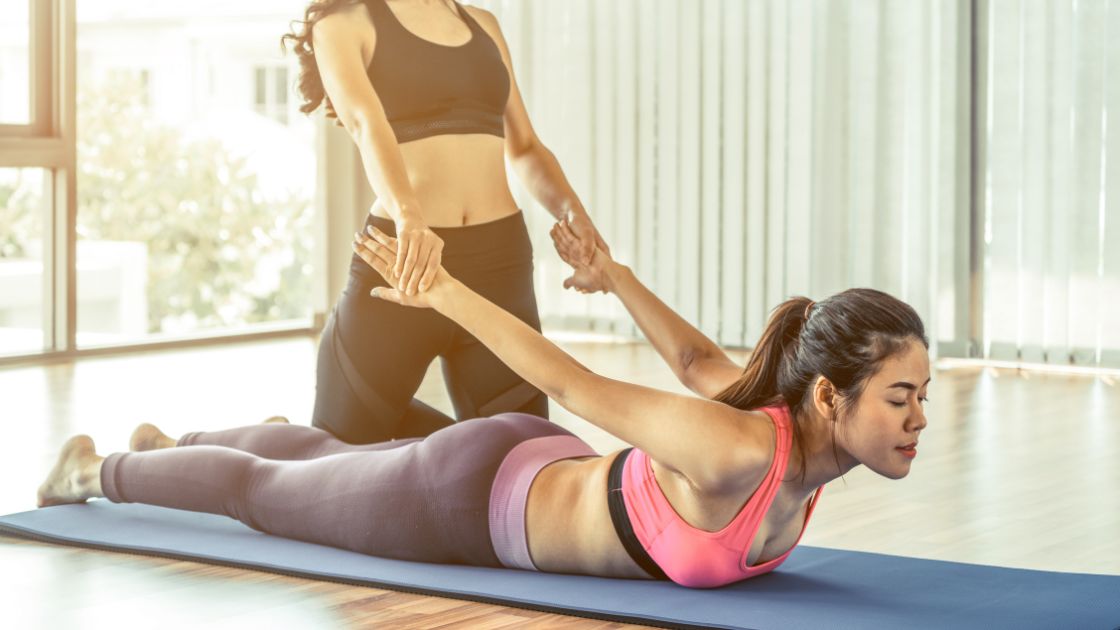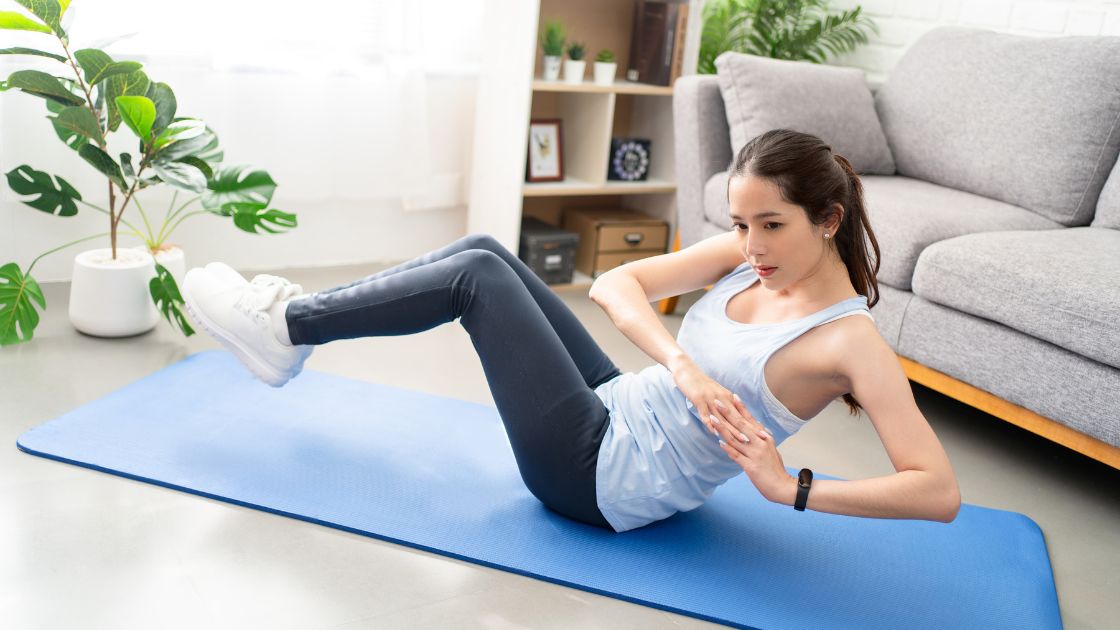Does a Relaxation Massage “Count”?
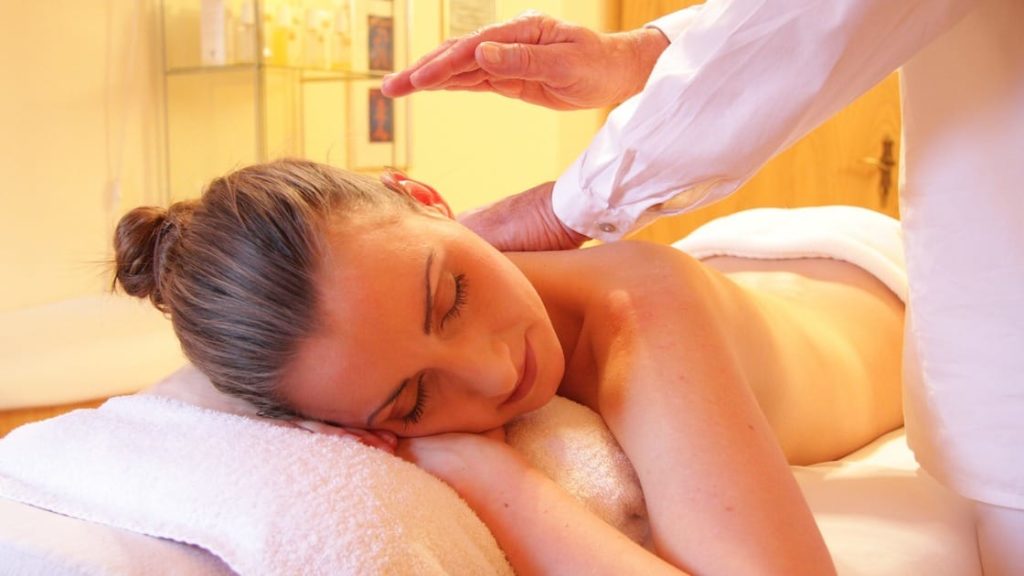
Relax! Easier said than done right?
You’ve got a job that never sleeps, kids that don’t either, and you still haven’t made it to the gym this week. Neither words like “stress” nor “relaxation” mean anything to you anymore.
A massage is a luxury you just don’t have the time or money for…or do you? And yes, I understand that a massage therapist writing an article on massage might seem like a bit too much tooting of one’s own horn, but wait, let me explain.
I’m not a massage therapist because I like sales; I’m a massage therapist because I know the benefits of what I do. Ask any massage therapist and they can tell you story upon story of people’s lives who have been transformed by this work. It’s not about creating a need and convincing you to purchase a product to fill that contrived need; it’s about educating people like you about their bodies and how you can take charge of your own health, even in the most luxurious ways…like a relaxation massage.
Massage Is About What Your Body Needs
For many people getting a massage is “no pain no gain.” If there’s no discomfort, it’s not doing anything. This is FALSE. Massage isn’t about pain, or how much pressure you can take, or how sore you feel the next day. Let me be clear: it is NOT a competition. It’s about what your body needs, and sometimes what your body needs is to release the clutch, be nourished by therapeutic touch, and coast gently rather than wheeze into the muscle being pinned down by a professional elbow.
I promise, if your therapist is worth their salt, they will NOT judge you for asking for a bit lighter pressure and a relaxation massage. We get it. You need it.
Why Bother with a Relaxation Massage?
If you’re someone who’s not convinced by anything but cold hard facts, let me now turn my attention to you. Why bother with a relaxation massage? If you are a conscious, two-legged, warm-blooded mammal with a penchant for breathing let me lay out 3 scientifically demonstrated ways that such a massage could benefit you.
1. Improve Immune Function
A 2010 study — which is believed to be the first large systematic study of healthy adults about the benefits of massage therapy — reported that “people who undergo massage experience measureable changes in their body’s immune and endocrine response.” People who received Swedish massage had a significant increase in lymphocytes (white blood cells that help defend the body from disease), a decrease in AVP (a hormone that plays a role in aggressive behavior), and a decrease in cortisol (a stress hormone).[1]
2. Reduces Inflammation
A study published by Science Translational Medicine in 2012 summarized their findings: “when administered to skeletal muscle that has been acutely damaged through exercise, massage therapy appears to be clinically beneficial by reducing inflammation and promoting mitochondrial biogenesis.”[2] Reduction in inflammation allows your body to recover much quicker from stress, both emotional and physical.
3. Reduces Pain
A study evaluating pain management in hospitals for people in the acute care setting “shows that integration of massage therapy into the acute care setting creates overall positive results in the patient’s ability to deal with the challenging physical and psychological aspects of their health condition. The study demonstrated not only significant reduction in pain levels, but also the interrelatedness of pain, relaxation, sleep, emotions, recovery, and finally, the healing process.”[3]
Make Your Next Massage a Relaxing One
Massage is also shown to help improve sleep and reduce anxiety in some people. So if you have stress, inflammation, pain, anxiety, or trouble sleeping massage could be a great remedy for you. And much more enjoyable than a pill I might add. If this sounds right for you, call us to schedule your massage for relaxation and health today.
Written by: Emily Arnold, LMT
Photo Credit: Image by Jürgen Rübig from Pixabay
References:
[1] Cedars-Sinai Medical Center. “Adults Demonstrate Modified Immune Response After Receiving Massage, Cedars-Sinai Researchers Show.” Adults Demonstrate Modified Immune Response After Receiving Massage, Cedars-Sinai Researchers Show, Cedars-Sinai Medical Center, 2010, www.cedars-sinai.org/newsroom/adults-demonstrate-modified-immune-response-after-receiving-massage-cedars-sinai-researchers-show/.
[2] Crane, Justin D., et al. “Massage Therapy Attenuates Inflammatory Signaling After Exercise-Induced Muscle Damage.” Science Translational Medicine, American Association for the Advancement of Science, 1 Feb. 2012, stm.sciencemag.org/content/4/119/119ra13.
[3] Adams, Rose, et al. “The Effects of Massage Therapy on Pain Management in the Acute Care Setting.” International Journal of Therapeutic Massage & Bodywork, Multimed Inc., 17 Mar. 2010, www.ncbi.nlm.nih.gov/pmc/articles/PMC3091428/.

